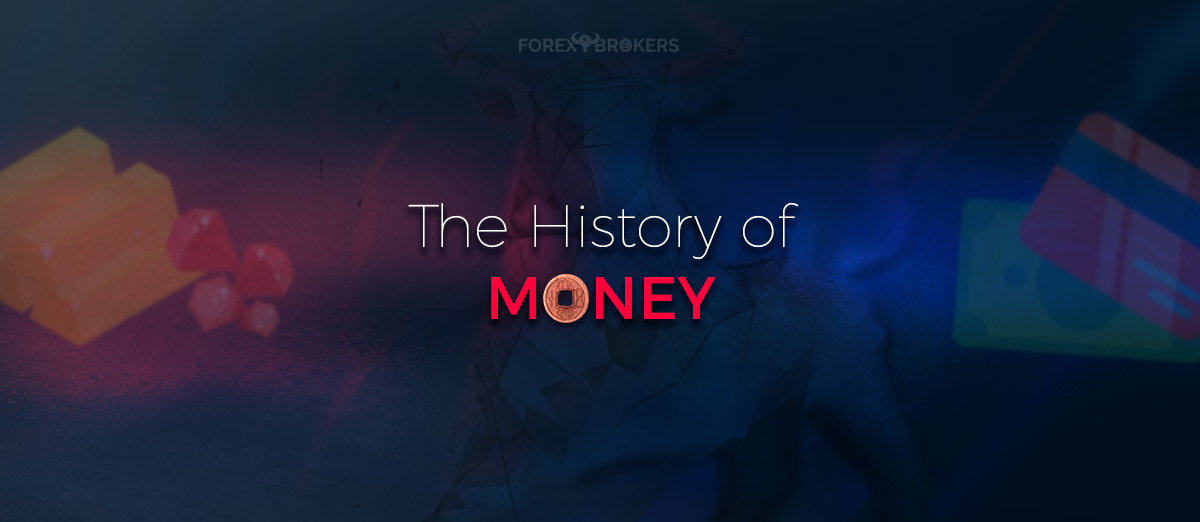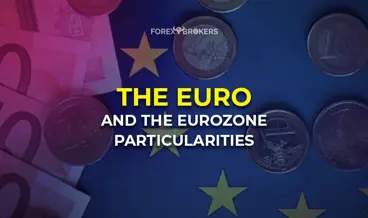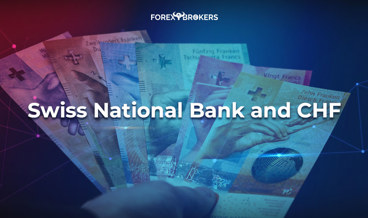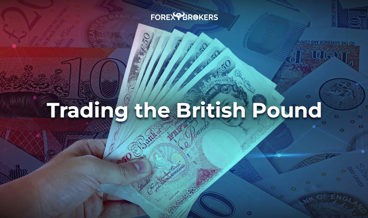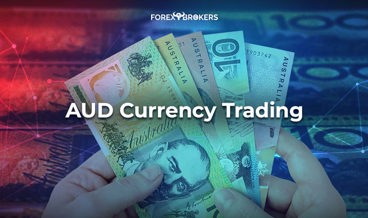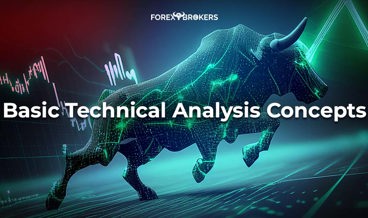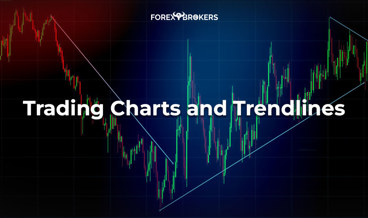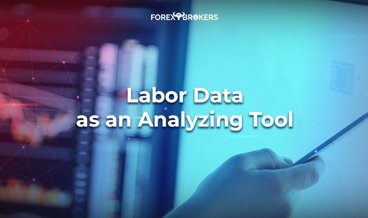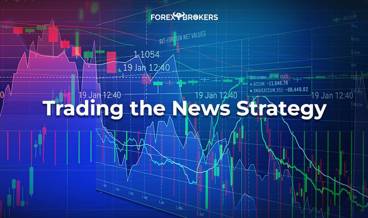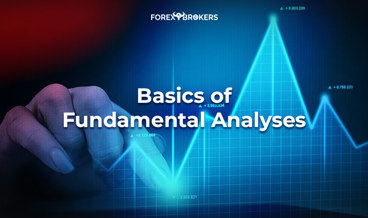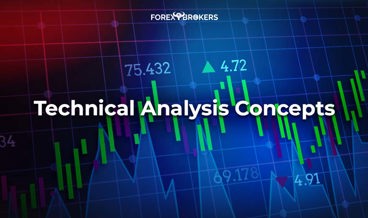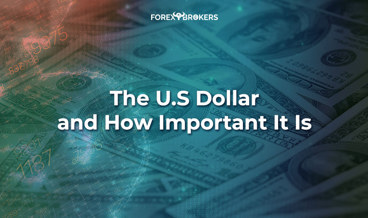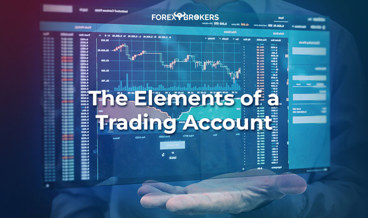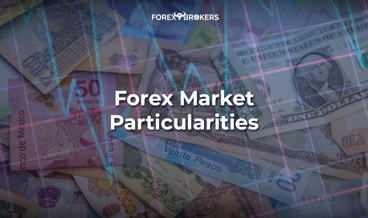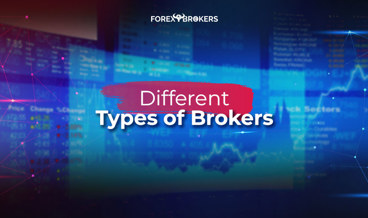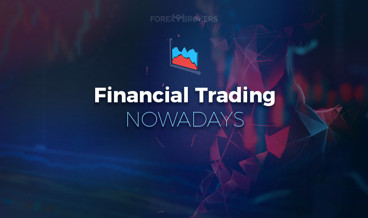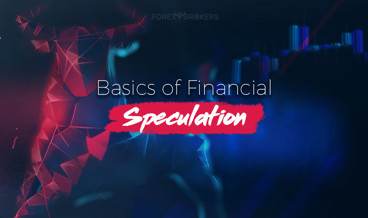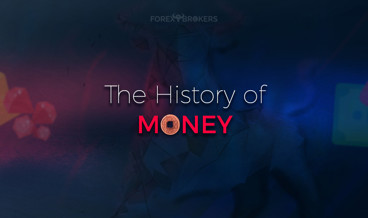Money. Perhaps the greatest invention of all time, money connects people in a way nothing else does.
Interestingly, when thinking or talking about money, most people associate it with something negative. Money doesn’t buy happiness, as they say.
However, money is the reason why a doctor is at the hospital to treat you when you’re sick. Money is the reason why firefighters come and save your house when it’s on fire. Money is everywhere, and with it, humans built civilization as we know it today.
But not everything is so simple. The concept of money is as complex today as it was at the time of its inception.
Few people understand the real value of money. Responsible for that are the challenging times we live in, the increased competitiveness of our societies, and the complexity of the current financial system.
At its core, this trading academy is about money, how to make it, and how to speculate on the financial markets successfully to make money.
Therefore, there’s no better way to begin than by talking about the history of money. Without a doubt, money sits at the cradle of civilization.
The aim of this article is to help you understand the role of money in our day-to-day lives as well as how money has evolved over time to the forms that we know today.
And who knows what form money will take in the future. Nowadays, our societies use electronic payments, credit cards, swift systems, etc. New forms of payment have emerged recently in the form of crypto assets. Is Bitcoin a new form of money? No one can answer this question yet.
The First Forms of Money
How did money evolve into what it is today? Humans are the only creatures to use money, so the history of money strongly relates to human evolution.
Money can be traced back to when, for the first time, gold and silver were used in religious activities. As history shows, tributes to kings and rulers were paid in gold and silver, too.
Slowly but surely, money evolved, and traces of bank accounts were found in Babylon (around 3000 BC). The first coins began to be used a thousand years later in different parts of the world.
If we talk about the origins of money, we must start with bartering. Bartering represents the free exchange of goods and services.
In a bartering system, one party needs the goods or services of another. For instance, the butcher might go to the brewer and exchange meat for beer. That’s bartering, and it assumes both parties need the other party’s goods.
However, what happens when one party doesn’t need the other party’s goods? For instance, what if the brewer doesn’t need meat at that point in time? To address this problem, the first forms of money appeared, as people realized they could exchange something of value to gain leverage in future transactions.
The principle that bartering is built upon is called the “double coincidence of wants.” It implies both parties need what the other party has to offer.

Gold and Silver Coins
Gold and silver coins spread through the city-states of Greece starting in 600 BC. The coins’ city of origin was identified by engraving the emblem of the city into them.
They became widely used as Athens grew in power. Quickly, people from other cities embraced them as well, and trade flourished.
Also called “owls of Minerva,” this is the first example of gold and silver coins acting as a medium of exchange. As you’re about to find out later in this article, this is one of the main functions of money.
Hundreds of years after coins were tracked in Greece, they were widely used in different parts of the world. Ancient Rome built most of its infrastructure on taxes paid in coins, as revealed by Vespasian, a Roman emperor.
Even in those times, rulers conducted monetary policy. By increasing or decreasing the percentage of precious metals in the coins, the rulers controlled their value. However, many times, people realized the trick and turned against the greedy rulers.
This process of reducing the value of gold and silver in coins is known as “debasing the coinage,” and it was just a way to deceive people about money.
To this day, such practices continue, albeit in different forms.
Take taxes, for instance. Nobody likes taxes.
However, governments thought of other ways to raise money: by borrowing or debasing the currency. In the end, the population still pays for it, just indirectly.
All the way until the 12th and 13th centuries, the notion of money related mostly to gold and silver coins. Bearing different weights in different parts of the world, they successfully replaced bartering.
To this day, the two precious metals retain an aura of safety. That’s especially true in the case of gold, as people look at gold as a safe haven to protect their assets.
Paper Money
As far as historians know, paper money appeared for the first time in China. In 1295, when Marco Polo returned from China, he described the payment system he had seen there, with paper money playing a pivotal role.
While gold and silver coins served their purpose, using them as a means of payment had some drawbacks. First, they were heavy, and carrying large quantities of gold and silver from city to city wasn’t easy.
Second, physical gold and silver didn’t exactly represent a safe way to conduct business. A crucial development in the history of money was the appearance of paper money. In its incipient phases, that was the promissory note.
Promissory Notes – the Birth of Paper Money
As the name suggests, promissory notes were nothing but “promises to pay,” and they came to life in goldsmiths.
As it happened, goldsmiths noticed that people were leaving their excess gold with the goldsmiths to look after it. In a way, goldsmiths were the embryonic forms of modern banking as we know it today.
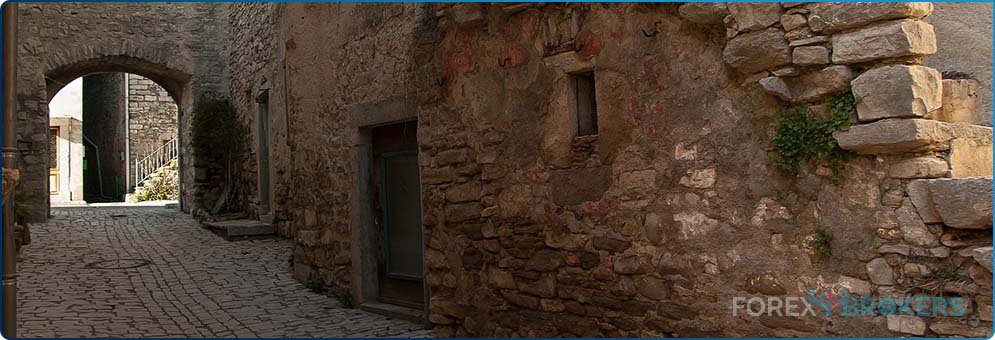
The goldsmiths, in turn, gave individuals a note, or a receipt, stating how much gold they had left with the goldsmith. In other words, people trusted the goldsmiths and valued the note received. It wasn’t long until the notes started changing hands on their own, as trust expanded exponentially.
After all, what is money if not a symbol of trust in the issuing entity? Both the buyer and the seller of a promissory note had to trust the goldsmith.
Promissory notes, or promises to pay, were therefore the first forms of paper money. Anyone presenting a promissory note to the goldsmith was able to receive the respective quantity in gold.
Until recently, many central banks have held to that promise. For instance, the Bank of England promised the worth of any banknote in gold to anyone presenting the banknote. Of course, nowadays you can’t get any gold from the Bank of England, but that shows how things have evolved from the promissory notes issued by goldsmiths to modern central banking.
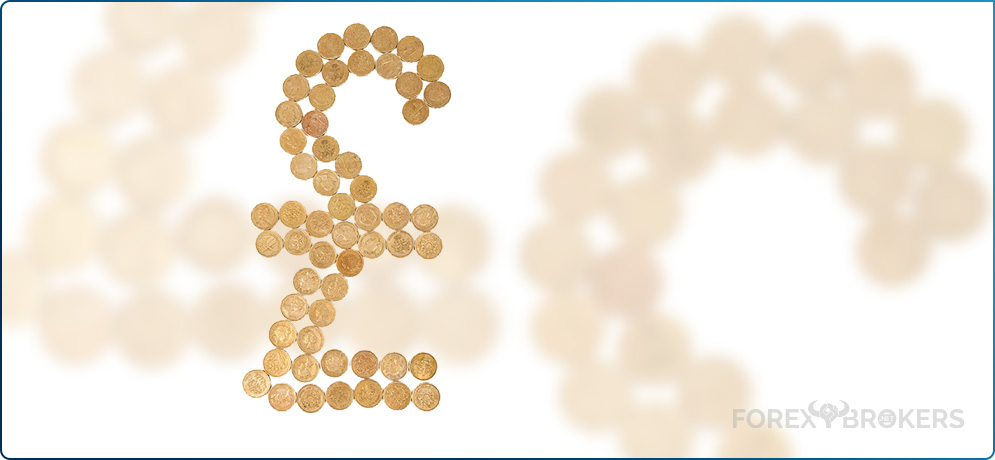
What Is Money, Anyway?
Money solves the problem with the “double coincidence of wants” principle. Instead of engaging in bartering, one of the two parties accepts money for the exchange.
Next, with that money, the seller buys something needed that might not have been possible to get in a bartering deal. In this way, money is a medium of exchange.
Besides being a medium of exchange, money must store value, and value is a result of the trust people have in the characteristics of money.
The value of money must be measured, though, and with that, we’ve covered all the important roles of money: a store of value, a measure of value, and a medium of exchange.
Throughout the times until the present, money has had to be difficult to counterfeit, too. Otherwise, anyone would be able to create money, and an abundance of money leads to a decline in value.
Money must also be divisible into smaller units as well as be readily acceptable by the parties involved.
Fractional Reserve Banking
With the functions of money listed above, let’s go back in time to the era of the goldsmiths. Many banks evolved from simple goldsmiths, and you’ll find out why soon.
As it turns out, goldsmiths noticed that people rarely came back to pick up the gold they left with the goldsmith. In other words, the goldsmiths had too much gold sitting around, without anyone coming to exchange the promissory notes for it.
The ownership of the gold placed with the goldsmiths changed as people traded the promissory notes. However, in reality, the gold simply remained with the goldsmiths, just under a different owner.
To this day, this principle is valid for many central banks. When one central bank buys or sells gold from or for its reserves, only the owner changes. In the vaults where the gold is held, the gold will appear under the new owner’s name, but no gold whatsoever actually leaves the vaults.
It became clear to the goldsmiths that there was a slim chance that all the gold would be redeemed at once. Hence, they could lend the gold that was just sitting there, obviously with interest. This is how banks appeared, and the process became known as money creation.
The process described above is fractional reserve banking. It is based on the assumption that not all customers want the money at the same time and is the pillar of modern banking as we know it today.
Creating Money out of Thin Air
As we already mentioned, this trading academy is all about money. A full understanding of what money is and its core principles is mandatory for any trader.
Speculation is an art, and money helps with measuring the value of something. But how is money created, and who’s responsible for its creation?
The idea of making money out of thin air isn’t very popular these days. Central banks are responsible for money creation, as they set a limit on the different variables that control the quantity of money.
One of those variables is the reserve requirements in an economy. The actual process is more complicated than the explanation here, but the idea of this article is for everyone to get a full picture of how money is created.
Suppose the reserve requirement is 20%. That means that for any new deposit received, a commercial bank must keep 20% of the deposit in its reserves. This is mandatory and typically regulated by the central bank.
What happens with the 80% that remains? It is lent to someone else. At this point, the bank has a liability of 100% of the value of the deposit and only 20% of it in its vaults.
Let’s further suppose the person that took the 80% as a loan went and bought something for that amount, and the person that received the amount went to another bank and made a deposit.
The same principle applies: only 20% remains in the bank’s vaults, and the rest is lent out into the economy. This process, called “money multiplier,” effectively stimulates the economic activity of a country or region.
For this reason, modern central banking uses different interpretations for money, such as narrow money (notes, coins, very liquid deposits) and broad money (narrow money plus anything that can be used to make a purchase).
Money and Power
The reason we explained the fractional reserve banking principle and how money is created was to help you fully understand the relationship between money and power, since they go hand in hand.
Central banks around the world control the quantity and velocity of money. They set various interest rates and change monetary policy in such a way to stimulate economic activity and growth.
After World War I, the allied nations imposed reparations on Germany. John Maynard Keynes estimated the total amount of reparations to be paid and figured that Germany would have needed more than 30 years just to pay for the war damages.
These reparations were unsustainable and one of the reasons that led to World War II. When the Nazis took control of Germany, they scrapped the payment schedule, and all funding was redirected to financing the war machine.
Bretton Woods
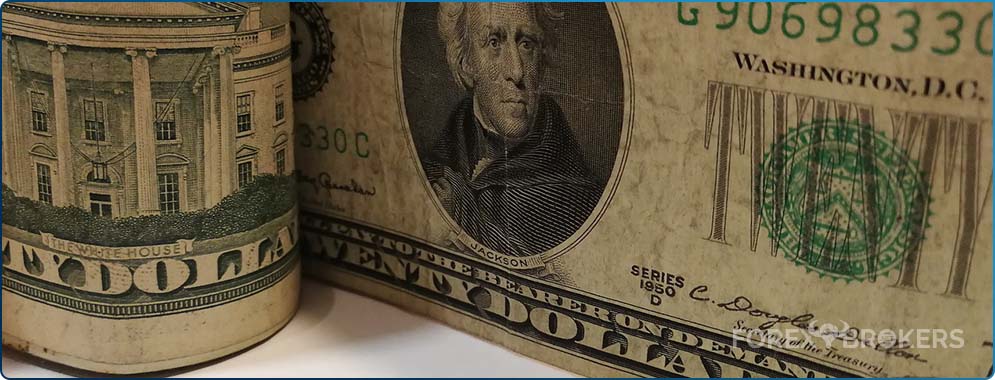
In 1944, the Bretton Woods conference in the United States gathered economists and politicians from around the world. A new financial system emerged, with the U.S. dollar at the helm of it.
Ravaged by war, the European nations couldn’t resist and accepted the terms. Until 1971, the Bretton Woods agreement remained in place based on something already discussed in this article: Anyone could convert USD into gold at a fixed rate.
However, the Vietnam war made it impossible for the Federal Reserve of the United States (America’s central bank) to fulfill its promises. Hence, in a move known as the Nixon shock, it announced that it wouldn’t convert USD into gold anymore.
Effectively, this was the birth of fiat money as we know it today. The quantity of money doesn’t depend on the amount of gold in the banks’ vaults anymore. As it turns out, this move opened the gates for modern central banking principles, as all major central banks in the world followed the Fed’s lead.
The Nixon shock is a milestone in monetary history and world history. Money and power, remember?
The Birth of the Petrodollar
By scrapping the gold standard, the United States left the dollar free-floating against other currencies. However, as we showed earlier, money is about trust and nothing else.
Did other central banks trust that the Fed wouldn’t devalue the dollar to gain competitiveness against other countries? They trusted the Fed, and this is how the interbank market appeared.
But the dollar needed something else to survive, and the U.S. politicians knew that. The Kissinger plan in the Middle East sealed the dollar’s dominance in the world for the decades to come.
Up until the present, the deal was for Saudi Arabia to sell all its oil in USD. In exchange, America offered military protection in the region.
Soon after, other oil-producing countries in the region made the same deal, and so the petrodollar started funding the U.S. budget deficit, as the dollar surplus was mainly used to purchase U.S. treasuries.
It is estimated that the petrodollar is responsible for much of the U.S. expansion in the decades since oil shaped the evolution of our societies.
Money in the 21st Century
So far, we have established a few things:
- The functions of money
- What money is
- The connection between money and power
- The principle of fractional reserve banking
- How money connects people
But how about money in the 21st century? As a trading academy, we must discuss the implications of historical facts on the value of money and the way money has changed.
After the 1970s, almost all essential currencies started to free-float against each other. The resulting market, the foreign exchange, or Forex, grew to be the world’s largest financial market.
Fiat Money
Fiat money, as was the case with the promissory notes in the 12th century, depends on trust. In this case, it depends on the trust people place in the central banking system.
Thus, we can say that one of the major roles of central banks is to guard the values of fiat currencies. In doing so, they set the monetary policy for the period ahead, changing it to address financial challenges and to stimulate economic growth.
Economic studies have shown that the quantity of money in an economy goes hand in hand with inflation, and moderate inflation helps economies grow at a healthy pace.
Therefore, central banks control inflation or influence inflation expectations by dictating the quantity of money in an economy. Thus, when the money is “too tight,” central banks loosen up the monetary policy, “printing” new money, cutting the reserve requirements, or changing the interest rate level.
All these measures and more will be addressed in this trading academy when we cover the fundamental aspects of trading in financial markets.
What is important to remember here is that today’s money is mostly numbers. How much money do you have? You can know by the numbers in your electronic bank account.
The physical aspect of money still exists, but the virtual, electronic part of it has expanded exponentially since the principle of fractional reserve banking was embraced around the world.
Nowadays, electronic money in people’s bank accounts represents a large chunk of the money supply. Slowly but surely, it is replacing banknotes. In some countries, a “cash-free” society is soon to replace cash payments for good.
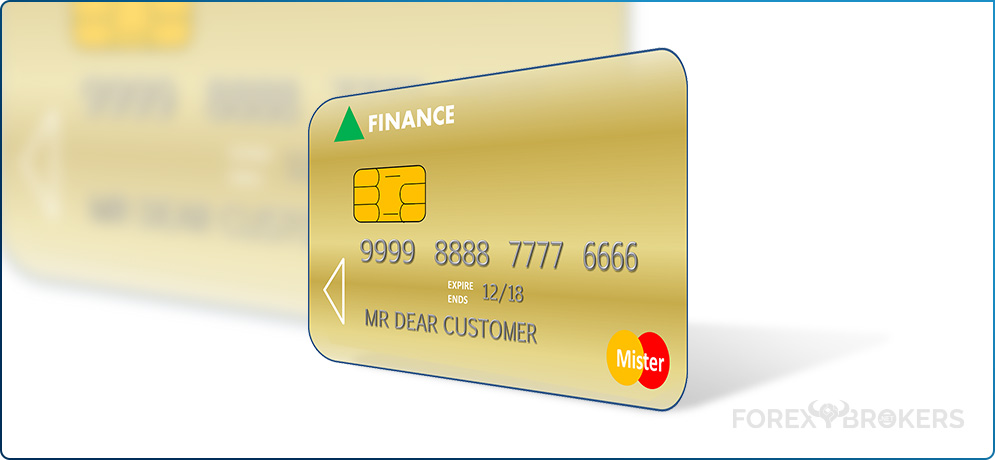
The Role of Central Banks
When it comes to money, central banks play a vital role. This trading academy will address in detail the role of central banks as guardians of price stability and trust.
However, at the current point in time, as we start this academy, we must emphasize the role of central banks and highlight their importance in the 21st-century financial markets.
How Central Banks Conduct Monetary Policy
To fully understand the role of money in our societies, traders must understand the role of central banks. More importantly, how do central banks conduct monetary policy?
For traders as well as the citizens of a country, monetary policy dictates the value of money. Regular citizens observe the value of money through price fluctuations.
When the price increases, it typically means that inflation is rising. Hence, money loses its value, and the central bank reacts by changing the monetary policy. The central bank tightens the monetary policy to fight higher inflation by draining the money supply in the economy.
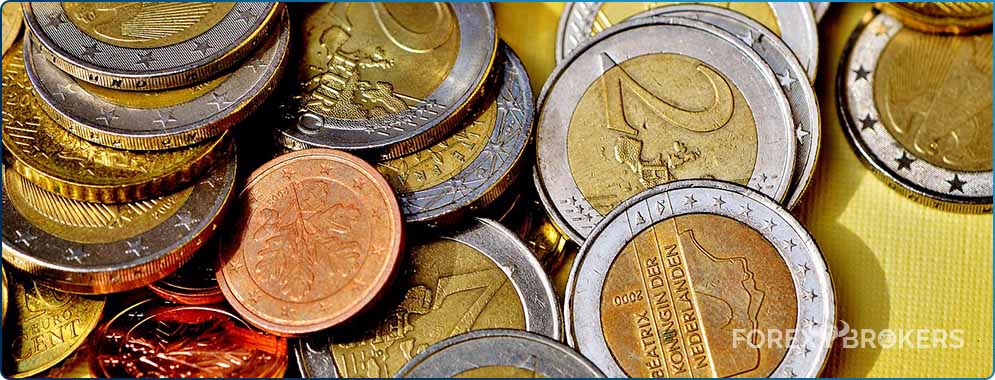
Similarly, when prices drop, inflation falls, and the central bank reacts in this case, too. To fight lower inflation, the central bank increases the money supply in an economy. It creates money to stimulate economic growth.
When conducting monetary policy, central banks use either conventional or unconventional tools or a mix of the two. We’ll look at both categories in detail later in this trading academy, but for now, we must focus on the most important ones, as they dictate the value of money.
Conventional Monetary Policies
Conventional monetary policies refer to the direct control of the money supply by central banks using traditional measures. Up until the 2008 financial crisis, all central banks did was raise or lower the interest rate level.
Higher interest rates led to tightening the money supply, and lower interest rates led to expanding it. Thus, by controlling the quantity of money, central banks dictated inflation levels.
It just so happens that after the Nixon shock in the 70s, the world’s economies were inflationary. High inflation in all major economies led central banks to raise rates to levels difficult to believe today.
However, after the 2008 financial crisis, inflation almost disappeared. In fact, the precipitated fall of the price of oil from over $100 to below $30 in the years that followed led to deflationary conditions in most developed economies.
Suddenly, conventional monetary policies to fight lower inflation or deflation (cutting rates to zero, conducting open-market operations, closely following the transmission mechanism, targeting exchange rates, etc.) didn’t work anymore. Time had come for the central banks to step up their game.
Money as we know it before 2008 changed — or, more precisely, its value changed.
Unconventional Monetary Policies
Forced by inflation falling below the zero level (i.e., deflation), central banks started deploying unconventional measures.
To start with, they bought government bonds. In a process called quantitative easing, they literally printed new money out of thin air.
By buying their own government debt, central banks gave governments money to spend on infrastructure and other projects meant to stimulate the economy. Moreover, some major central banks around the world resorted to negative interest rates.
Furthermore, loans were given to commercial banks, under privileged conditions. The list of unconventional measures goes on and on.
Nowadays, all these measures (and many others) are part of the standard tools a central bank can use. The strange thing is that only a decade ago, it was impossible to imagine the world would ever need them, or that money as we know it today would require such extreme measures to control its value and maintain people’s trust in it.
How Money Has Different Values in the World
The standard relationship that dictates the value of money depends on the interest rate level. The correlation, a direct one, states that higher interest rates lead to an increase in the value of a currency.
In most of the cases, this is correct. At least for developed economies, where government laws grant the independence of the central bank, interest rates play a crucial role in dictating the value of money.
But in some other parts of the world, this correlation doesn’t work. Take Argentina, for instance.
To fight years and years of inflation, the central bank has raised rates to sky-high levels — 30 or 40% percent and even more.
However, the currency, the peso, keeps falling. How come?
As mentioned at the beginning of this article, money is all about trust. When the trust is gone, the money’s value simply disappears.
Therefore, when people lose trust in the money issued by authorities, the interest rate level doesn’t matter anymore. They’ll turn instead to things that retain value over time to avoid the further devaluation of their wealth.
In high-inflation environments, people turn to real estate and alternative investments (art, wine collections, etc.) to bypass the debasing of the currency. Of course, they also turn to gold.
Is Gold Money?
Gold is the only so-called form of money that has survived for thousands of years. Judging by this statement, gold must be money.
However, a more precise definition states that gold is the only thing that has kept its value for so long. More precisely, it is the only thing people have looked at as a store of value for millennia.
Being a store of value, as we have learned in this article, is one of the roles of money. However, that alone is not enough to make gold money.
Gold is, if you will, the ultimate last resort when things go wrong in an economy, and it has different meanings for people around the world.
People in the Western hemisphere aren’t used to their governments debasing money (except for South America). Therefore, gold is merely viewed as a “must-have” in diversifying a portfolio.
Most money managers and investors hold a five percent or so gold position in their portfolio. The aim is to benefit from gold’s protection in high-risk environments.
In other words, when things go wrong and the stock market declines, like it did in 2008, gold retains its value, even rising in value and acting as a store of wealth, balancing the portfolio’s valuation.
In the other half of the world, gold is sacred. The Middle East, India, and most Asian countries have a long-standing bond with gold.
Viewed as the only store of value, it often represents an accurate benchmark for the value of money in the region.
Money and the Foreign Exchange Market
The foreign exchange market, known as Forex, emerged after the Nixon shock in the 70s. At first, only institutional players had the power to speculate on the Forex market, obviously because of the high associated costs.
Nowadays, anyone with an Internet connection can speculate on the Forex market. In fact, it has become extremely popular among retail traders precisely because the transaction costs have decreased significantly.
With a bit of knowledge about the currency market and what matters for a currency, anyone can profit from the Forex market’s volatility.
However, it’s no easy task. Trading (successful trading or speculation) is perhaps the most challenging job in the world.
While it is fun, as no day is like any other, it requires a lot of time and dedication. Moreover, it’s necessary to know yourself as a person before you can be successful as a trader.
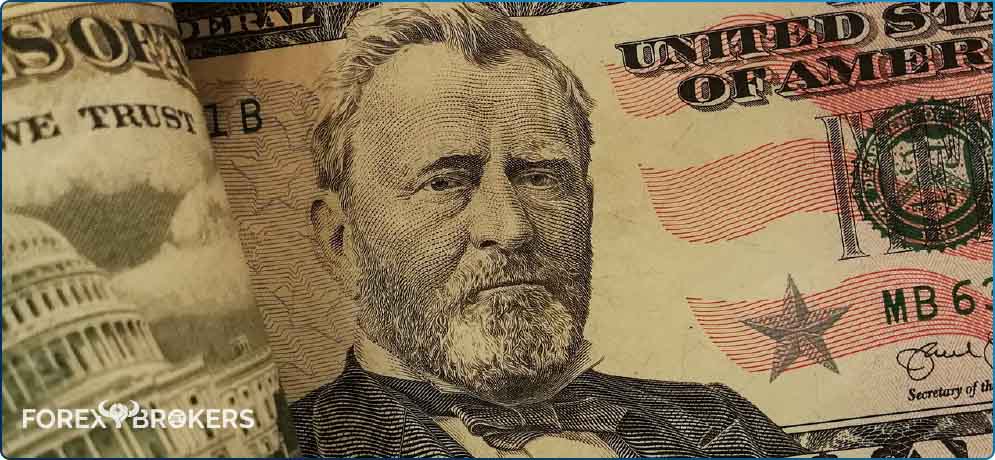
We’ll cover all the psychological and technical aspects of trading in this trading academy. As you’re about to find out, the Forex market is a complex, continuously changing environment.
And it is all about money. It is the one place where anyone can check the value of money today. It may seem like a game, as the numbers change in front of your eyes when you watch the Forex dashboard.
But it’s no game. These are real people whose real money is changing hands in the world’s biggest financial market. They aim to interpret the future value of money, or more precisely, whether a currency will rise or fall against another one.
Challenges to Money as We Know It Today
Some voices call for a new financial order. Because the 2008 financial crisis left things unsolved, central banks are still trying to figure out new ways to fight deflation. For instance, in Japan, the Bank of Japan has had trouble for the past two decades in bringing inflation to the two percent target.
The U.S. dollar’s role as a reserve currency is challenged every day. Trade wars add to the overall uncertainty.
Money as we know it is being challenged, too. The emergence of cryptocurrency, derived from blockchain technology, is a challenge to the idea of money itself.
After all, it is all about trust. If enough people trust cryptocurrencies, they will eventually become money.
However, remember the roles of money mentioned in this article. They ALL need to apply for something to be money.
In other words, if gold doesn’t fulfill all the functions of money, neither does crypto. That doesn’t mean they cannot act as a store of value or diversification — it means that only in some forms can they challenge the notion of money (fiat money) as we know it today.
Some voices call for the SDR (special drawing rights) issued by the IMF (International Monetary Fund) to act as an international currency. Some others argue that the Chinese yuan, if left free-floating, will challenge the financial system by itself.
But because owning a currency relates to power and influence (money and power), the chances are that none of these will happen in the foreseeable future.
Conclusion
Perhaps the most essential aspect of money is that people can connect by earning and spending money. However, over the centuries, decades, and years, humans have discovered that there is more to money than that.
Bank accounts are standard today, but they were impossible to imagine centuries ago. Yet, money still existed back then.
Promissory notes revolutionized the concept of money. Today, there are literally thousands or more variants of them, with the complexity of financial markets increasing each day.
During the 1940s, people used cigarettes as money in parts of Germany ravaged by war. In the end, when money loses its value or trust, anything that retains these elements can become a medium of exchange.
This article aimed to provide insight into the history of money. Focusing not only on the past but also providing a glimpse into the challenges of money in present times, it makes up the most basic aspect of this trading academy.
Fundamental analysis is all about understanding central banks and interest rates. Speculation is all about understanding money. Technical analysis means projecting the future price of a currency based on its historical one.
All three together are the cornerstones of this trading academy, and we’ll progress step by step so everyone can understand what money is in the 21st century.
